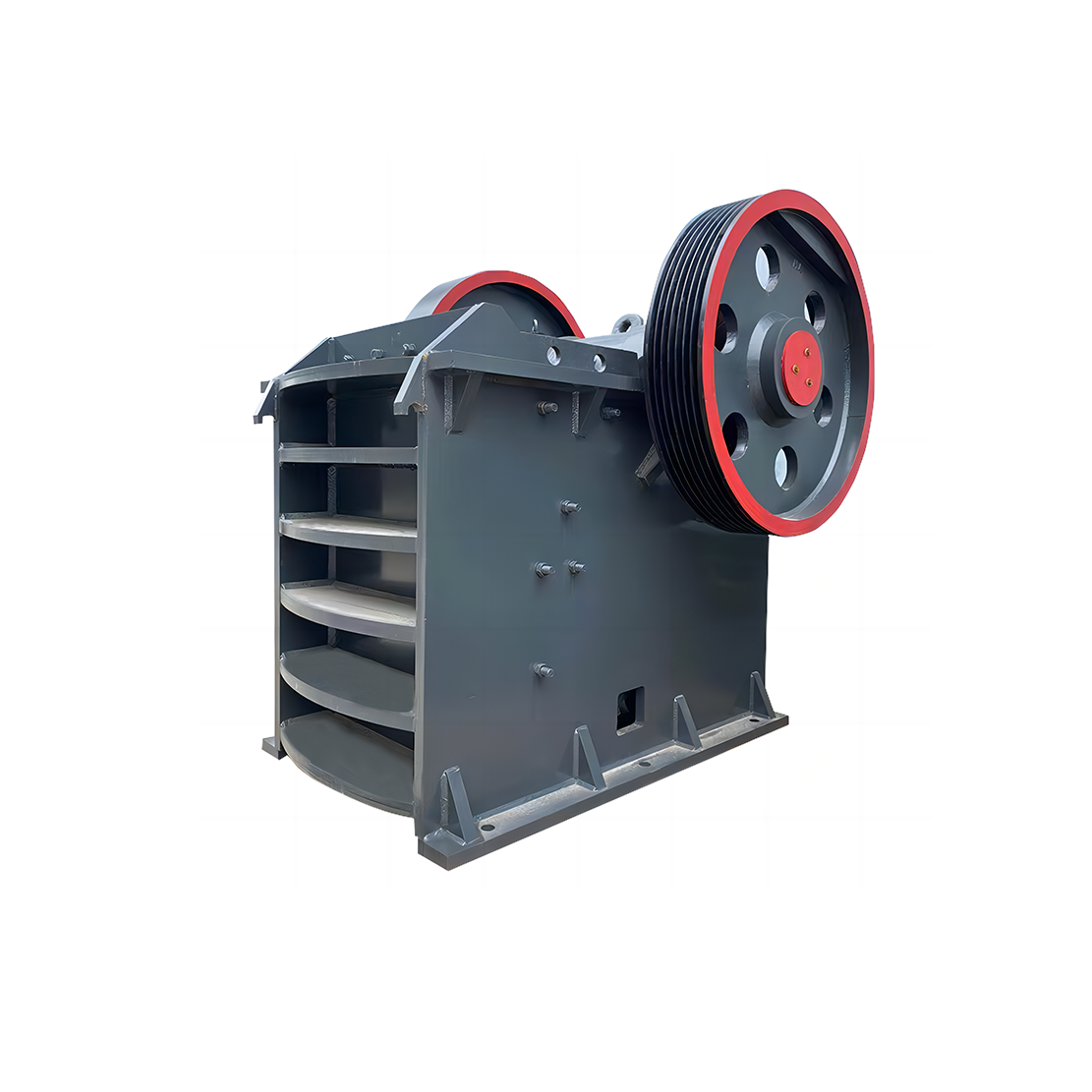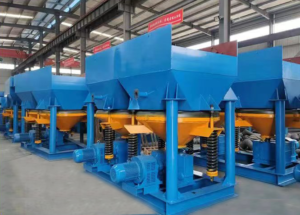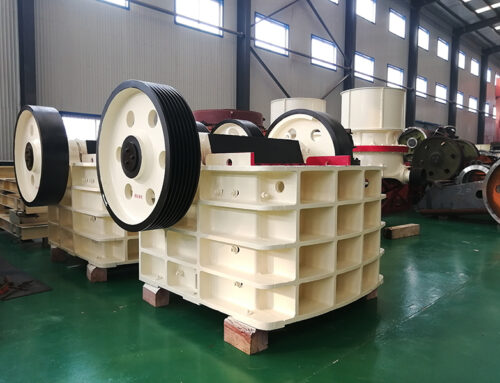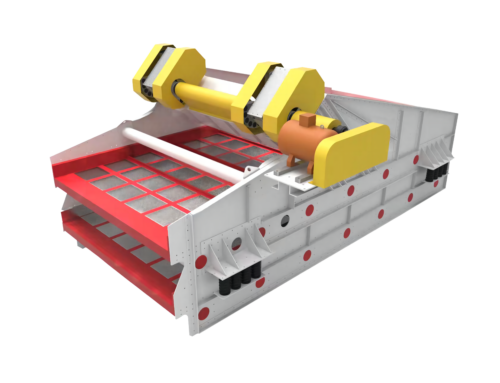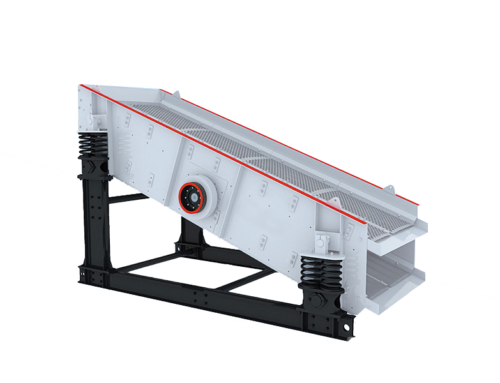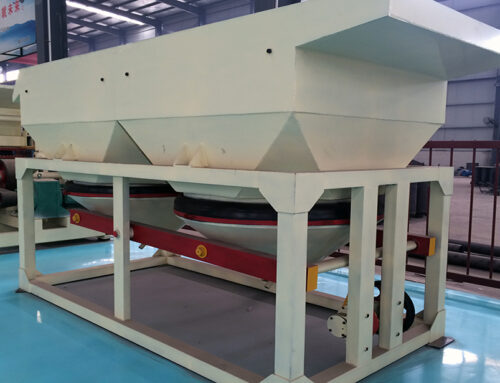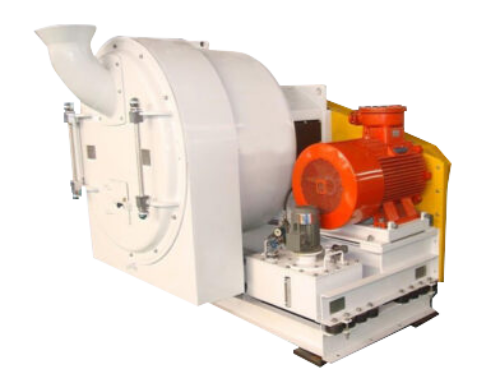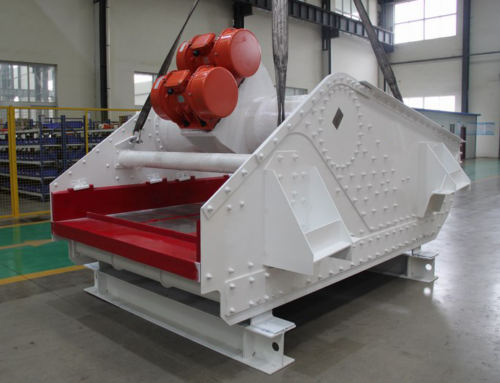In the field of mining, it is crucial to choose suitable mining equipment for different minerals, which is not only related to the improvement of production efficiency, but also related to the efficient use of resources and the economic benefits of enterprises.
The following are some methods of selecting mining equipment based on different minerals:
一.Mineral hardness
Mineral hardness is one of the important considerations for choosing equipment.
The hardness of minerals is arguably the primary consideration in the selection of mining equipment. Minerals with low hardness, such as coal and limestone, are relatively soft. For these minerals, jaw crushers and impact crushers are usually the more appropriate choice. With its simple and reliable structure and relatively low energy consumption, the jaw crusher can effectively crush coal and limestone. Its working principle is to crush large minerals into smaller particles through the periodic extrusion of the movable and static jaw plates. The impact crusher, on the other hand, uses the high-speed rotor to drive the plate hammer to impact and crush the minerals. This type of crusher is particularly suitable for handling soft minerals, and can produce products with more regular shapes and relatively less dust generated during the crushing process. For minerals with low hardness, these two types of equipment can not only meet the crushing requirements, but also has the advantages of low wear and tear and low maintenance costs.
However, when faced with higher hardness minerals, such as granite and iron ore, the situation is quite different. The high hardness of these minerals places higher demands on the crushing power and wear resistance of the equipment. Cone crusher and gyrator crusher become the first choice in such cases. Cone crusher adopts the principle of laminar crushing, through the extrusion between the moving cone and the fixed cone, the minerals will be gradually crushed to the required size. It has the advantages of large crushing ratio, high efficiency, uniform product size, etc. It is especially suitable for the medium and fine crushing of hard minerals. gyrator crusher, on the other hand, plays an important role in the coarse crushing of large-scale mines with its huge crushing force and stable operation performance. It can handle large hard minerals and provide a good raw material base for subsequent processing.
二.Mineral particle size
The particle size of minerals will also affect the choice of equipment.
The particle size of minerals also has an important impact on the choice of mining equipment. If the particle size of the mineral is large, then it needs to be roughly crushed in the early stage of mining. At this point, large jaw crushers and gyrator crushers become the main equipment. They can quickly crush large minerals into smaller sizes with powerful crushing force, creating conditions for subsequent processing. As for minerals with already small particle size, they can be directly processed in medium and fine crushing. At this stage, cone crusher, impact crusher and other equipment can further crush minerals to the required size range. In addition, for some minerals that require fine processing, equipment such as high-pressure roller mills can also be used. High-pressure roller mills crush minerals through high pressure, and can produce products with extremely fine particle size to meet the needs of the high-end market.
三.Mineral density
Different mineral densities have an impact on the processing capacity and sorting effect of the equipment.
The difference in density of minerals is also one of the important bases for selecting mining equipment. For minerals with greater density, such as iron ore, gold ore, etc., heavy media beatification equipment and jigger can often play a good separation effect. Heavy media beatification equipment uses heavy media with a density between the minerals and veins, so that the minerals are separated in suspension according to the density difference. This kind of equipment has high sorting precision and can effectively recover high-density minerals. Jigger, on the other hand, is used to separate minerals according to density stratification in the jigger through the pulsating effect of water flow, so as to realia the separation. It has the advantages of simple structure, convenient operation and large processing capacity, which is suitable for large-scale mineral processing operations. For minerals with small density, such as coal, graphite, etc., flotation machine and spiral sorting machine are more suitable. Flotation machine makes use of the difference in the attainability of the mineral surface, and through the addition of flotation chemicals, the mineral particles attach to the bubbles and float out of the water surface, so as to realia the sorting. Spiral sorting machines, on the other hand, utilize the centrifugal force and gravity of minerals in the spiral tank to sort them according to density differences. These two types of equipment can effectively process low-density minerals and improve the recovery rate of minerals.
四.Mineral corrosive
Some minerals are corrosive and can cause damage to the equipment.
The cohesiveness of minerals is also one of the factors to be considered when choosing mining equipment. Some minerals, such as sulphide ores, are highly corrosive. For such minerals, corrosion-resistant equipment materials, such as stainless steel and rubber, must be selected. At the same time, in the design and manufacturing process of the equipment, corresponding anti-corrosion measures should be taken, such as coating protection, cathodic protection and so on. This can extend the service life of the equipment and reduce the maintenance cost of the equipment. For non-corrosive minerals, the equipment made of ordinary steel and other materials can be selected to reduce the cost of the equipment.
五.Mineral yield requirements
Different mines have different yield requirements for minerals, which will also affect the choice of equipment. 1.
The output requirements of minerals also have an important impact on the choice of mining equipment. If the output requirements of the mine are high, then it is necessary to choose large-scale, high degree of automation equipment. For example, large jaw crusher, cone crusher, ball mill and other equipment, they have the advantages of large processing capacity, high production efficiency, high degree of automation, can meet the needs of large-scale production. At the same time, they can also be equipped with advanced automation control system to realia remote monitoring and operation of the equipment to improve the safety and stability of production. And if the output requirements of the mine are low, you can choose miniature and highly flexible equipment. Such as small jaw crusher, hammer crusher, roller crusher and so on. These equipment have low investment cost, simple operation, easy to move and install, and are suitable for small-scale production and temporary mining operations.
In summary, the selection of suitable mining equipment according to different mineral characteristics requires comprehensive consideration of a number of factors such as mineral hardness, particle size, density, cohesiveness and production requirements. Only to achieve accurate matching can we give full play to the performance advantages of the equipment, improve the efficiency and quality of mining production, and achieve the sustainable use of resources and sustainable development of enterprises.
From a mining equipment perspective, evaluating and comparing the performance and cost of different mining equipment can be done in several ways:
一.Performance assessment
Production capacity
Understand the processing capacity of the equipment, including the amount of minerals that can be processed per hour or per day. This is critical in determining whether the equipment is capable of meeting the production needs of the mine.
Consider how the equipment’s production capacity varies under different operating conditions, such as when processing minerals of different haggardness and grain sizes.
Crushing efficiency
Evaluate the crushing ratio of the equipment, i.e. the ratio of the feed size to the discharge size. The larger the crushing ratio, the higher the crushing efficiency of the equipment.
Observe the crushing effect of the equipment on the minerals, whether it is able to crush the minerals to the required size range, and ensure that the size of the crushed products is uniform.
Reliability and Stability
Check the reliability indicators of the equipment, such as the Mean Time Between Failures (MTBF). the longer the MTBF, the higher the reliability of the equipment.
Find out how stable the equipment is in actual operation and whether it is prone to failure and downtime. Stable equipment can reduce maintenance time and production costs.
Degree of automation
Examine the degree of automation of the equipment, including automatic control, remote monitoring and other functions. Equipment with a high degree of automation can improve production efficiency, reduce manual operation and lower labour intensity.
Consider the compatibility of the equipment with the overall automation system of the mine in order to achieve intelligent mine management.
Adaptability
Assess the adaptability of the equipment to different minerals and working conditions. For example, some equipment may be suitable for minerals of a wide range of haggardness and grain sizes, while other equipment may have a specific range of application.
Consider the equipment’s operation under different environmental conditions, such as high temperature, high humidity, high altitude and other areas.
二.Cost comparison
Acquisition cost
Compare the prices of different equipment, including the selling price of the equipment itself, transport costs, installation and commissioning costs.
Consider the cost-effectiveness of the equipment, that is, the ratio of performance to price. When choosing equipment, you should not only focus on price, but also consider the performance of the equipment and long-term use of the cost.
Operating costs
Analyse the energy consumption of the equipment, including power, fuel and other consumption. The lower the energy consumption, the lower the running cost.
Consider the maintenance cost of the equipment, including the replacement cost of wearing parts, the wages of maintenance personnel. Equipment with low maintenance cost can reduce the operating cost of the mine.
Evaluate the service life of the equipment, the longer the service life, the lower the cost spread to each year.
Environmental Costs
Understand the environmental performance of the equipment, such as dust emission and noise pollution. Equipment with good environmental performance can reduce the mine’s environmental investment and lower environmental costs.
Consider whether the equipment complies with national and local environmental protection standards to avoid the risk of facing fines and other risks due to substandard environmental protection.
In the future development of the mining industry, with the continuous progress of science and technology, it is believed that more advanced mining equipment will emerge to provide more quality solutions for the mining and processing of different minerals.

